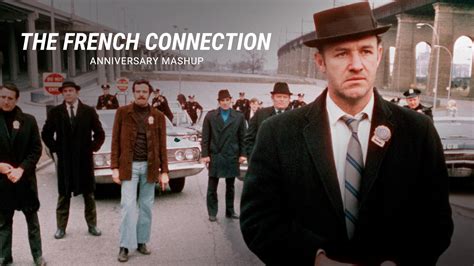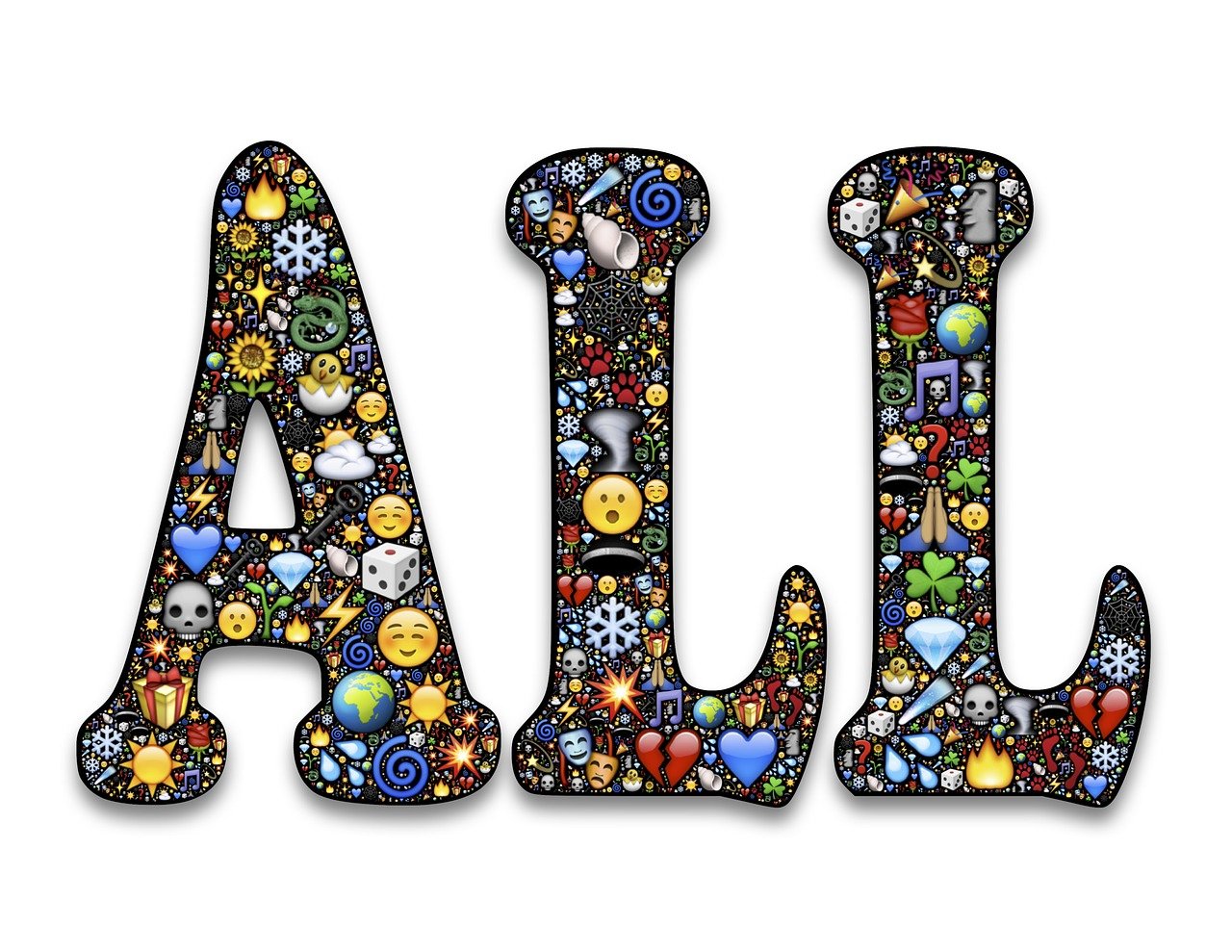The French Connection series, a seminal collection of films that captivated audiences with its gripping portrayal of the cat-and-mouse game between law enforcement and international drug trafficking. At the heart of this saga lies a combination of compelling storytelling, exceptional filmmaking, and the tumultuous world of 1970s New York City. The series is perhaps best known for its first installment, “The French Connection,” directed by William Friedkin and released in 1971, which not only garnered critical acclaim but also left an indelible mark on the police procedural genre.
Historical Context and Impact
To fully appreciate the impact of “The French Connection,” it’s crucial to understand the era in which it was made. The early 1970s were a time of great change and upheaval in the United States, with the war in Vietnam, the rise of the counterculture movement, and concerns over drug use and crime rates all contributing to a sense of societal unease. Against this backdrop, “The French Connection” hit theaters, offering a gritty and realistic portrayal of the drug trade that resonated deeply with audiences.
The film’s success can be attributed to several factors, including its tense and suspenseful plot, its well-developed characters, and the exceptional performances of its cast, particularly Gene Hackman as Detective Jimmy “Popeye” Doyle and Roy Scheider as Detective Buddy “Cloudy” Russo. The movie’s narrative, loosely based on real events, follows the attempts of Doyle and Russo to intercept a large shipment of heroin from France, highlighting the complexities and challenges faced by law enforcement in their battle against organized crime.
Technical Breakdown: The Filmmaking Process
From a technical standpoint, “The French Connection” is noteworthy for its innovative filmmaking techniques. Director William Friedkin employed a documentary-style approach, utilizing handheld camera work and location shooting to create a sense of realism and immediacy. This style, combined with the film’s editing and sound design, helped to build tension and immerse the viewer in the world of the story.
One of the most iconic scenes in the film, the car chase under the elevated train in Brooklyn, is a prime example of Friedkin’s meticulous craftsmanship. This sequence, which has become synonymous with suspenseful filmmaking, was meticulously planned and executed, with Friedkin pushing the boundaries of what was considered acceptable in terms of speed and danger in film.
Comparative Analysis with Sequels and Remakes
The French Connection series includes several films, each with its unique take on the theme of drug trafficking and law enforcement. The sequel, “French Connection II,” released in 1975 and again directed by John Frankenheimer, follows Detective Doyle to Marseille, France, as he attempts to break a heroin smuggling ring from the inside. While it retains some of the grit and intensity of the original, it explores more personal themes, delving into Doyle’s character and his experiences with addiction.
In contrast to the originals, any potential remakes or reboots would face the challenge of updating the series for a modern audience while retaining the essence of what made the originals so compelling. The drug trade and law enforcement landscapes have evolved significantly since the 1970s, with new challenges and complexities arising from globalization, the rise of new drug cartels, and advancements in forensic science and surveillance technology.
Decision Framework for Future Adaptations
For any future adaptations or sequels to the French Connection series, several key considerations must be taken into account:
Authenticity and Realism: Maintaining a high level of authenticity in portraying drug trafficking and law enforcement practices is crucial. This involves detailed research and consultation with experts in the field.
Character Development: The success of the original films was largely due to the well-developed and complex characters of Doyle and Russo. Any new characters introduced must be equally compelling and nuanced.
Social Relevance: The drug trade is a constantly evolving issue, with new challenges and social implications. A modern adaptation must tackle contemporary themes and concerns in a thoughtful and meaningful way.
Innovative Storytelling: While paying homage to the originals, any remake or sequel must also offer something new and innovative in terms of storytelling and filmmaking techniques to captivate a modern audience.
FAQ Section
What is the historical basis of "The French Connection"?
+"The French Connection" is loosely based on the true story of the seizure of a shipment of heroin from France in 1962, which was valued at $32 million at the time, making it one of the largest drug busts in U.S. history.
How did the filming of the car chase in "The French Connection" influence action scenes in films that followed?
+The car chase in "The French Connection" set a new standard for action sequences in films. Its use of real locations, fast-paced editing, and dangerous stunts raised the bar for future action movies, influencing how car chases and similar sequences are filmed to this day.
What themes does the French Connection series explore beyond drug trafficking?
+Beyond the overt theme of drug trafficking, the series delves into themes of obsession, addiction, camaraderie, and the personal costs of being involved in the drug war, both for those enforcing the law and those breaking it.
Conclusion
The French Connection series, particularly the 1971 film, stands as a landmark in cinematic history, offering a gritty and realistic portrayal of the drug trade and law enforcement. Its impact on filmmaking, from its documentary-style cinematography to its suspenseful storytelling, continues to be felt. As society continues to grapple with the complex issues surrounding drug use and trafficking, the themes and stories explored in the French Connection series remain as relevant today as they were upon the film’s initial release. For any future adaptations, the challenge will be to preserve the essence of what made the originals so compelling while bringing a fresh perspective to these timeless issues.


